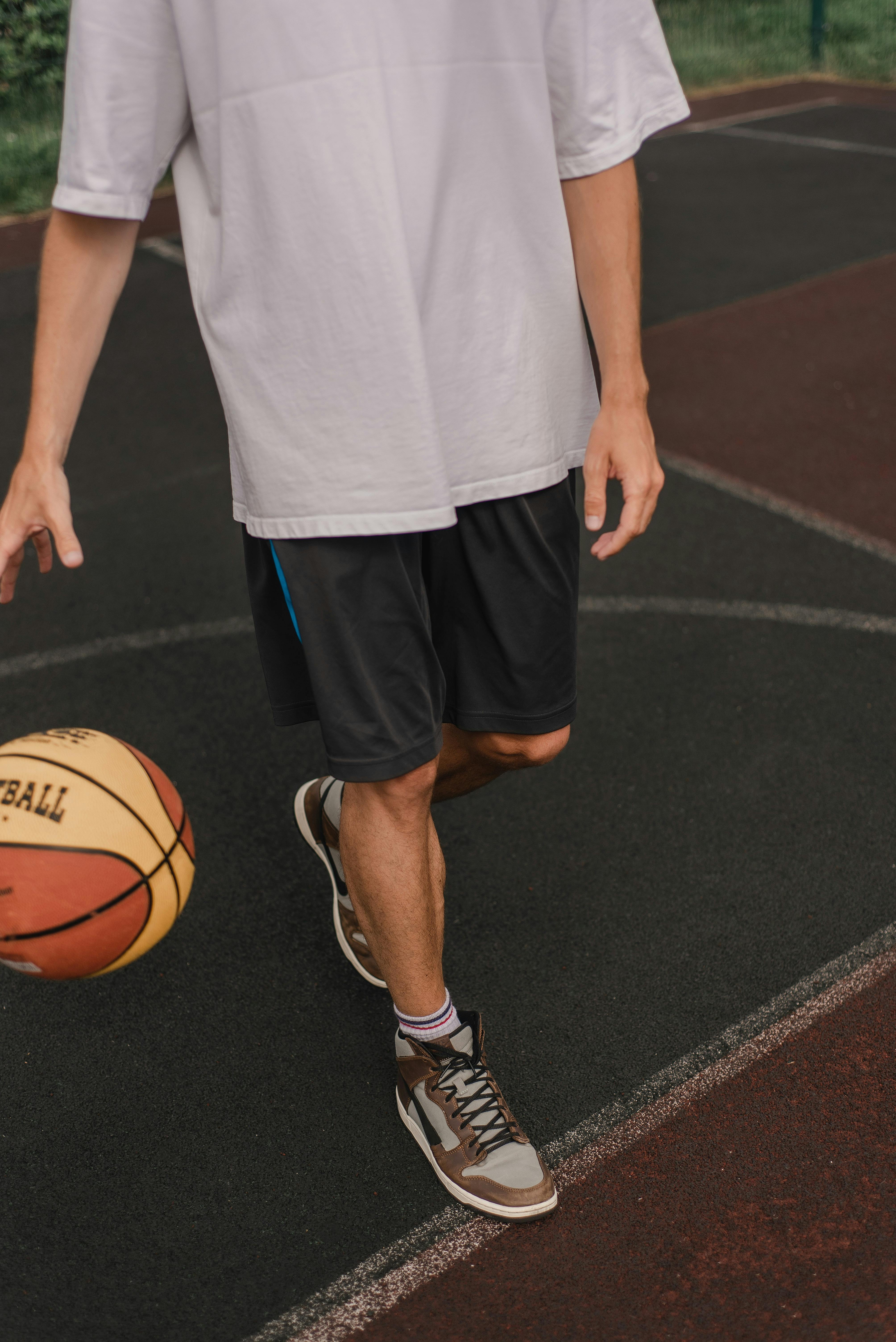
Essential Strategies to Get Bigger Forearms and Enhance Strength
Building bigger forearms is a goal many fitness enthusiasts strive for, not only for aesthetic reasons but also to improve overall strength and performance. Strong forearms contribute significantly to grip strength, which is essential for various exercises, weightlifting, and everyday activities. In this article, we will explore practical methods to get larger forearms through targeted workouts, effective nutrition strategies, and vital fitness tips. You'll discover which exercises will elevate your forearm training and learn how to incorporate them into your regular fitness routine.
The benefits of enhancing forearm size extend beyond mere appearance; they include increased stability for lifts, improved grip for sports like rock climbing and powerlifting, and greater resilience to injuries. We will break down the anatomy of forearm muscles, offer beginner to advanced training routines, and share tips for maximizing your returns through proper recovery and nutrition. Our roadmap also hints at specialized techniques and exercises to ensure a balanced development of your forearms.
Get ready to transform your forearm strength and size with a combination of workouts, nutrition, and recovery techniques that are essential for muscle building. Let's dive into the best practices to help you on your journey to larger, stronger forearms.
Complete Guide to Forearm Exercises for Size Increase
When it comes to strengthening your forearms, specific exercises are key. These movements help promote muscle hypertrophy, enhancing both forearm size and grip strength. By focusing on a variety of movements, you ensure balanced development while minimizing the risk of injuries.
Best Forearm Workouts to Include
Incorporating a mix of forearm-focused exercises in your routine is crucial. Start with basic forearm curls, where you can use resistance bands for added intensity. Wrist curls are also effective in isolating the forearm muscles, allowing for targeted growth. Aim for at least three sets of 12-15 repetitions for maximal benefit.
Upper Body Strength Training Techniques
Integrating upper body strength training not only enhances your forearms but also engages neighboring muscle groups. Deadlifts and pull-up variations activate various muscles in the upper body, improving overall strength while promoting forearm growth through increased grip demands. Consistently performing compound movements in your routine can lead to significant strength adaptations.
Incorporating Bodyweight Exercises
Bodyweight exercises such as push-ups or chin-ups are excellent options for those who prefer exercising without weights. The tension generated from performing these movements promotes muscle engagement in the forearms. Squeeze at the top of each rep for improved grip and controlled movement, ensuring proper form to prevent injury.
Resistance Bands for Forearm Workout
Resistance bands are versatile and can significantly enhance your forearm workout. Adding resistance bands to your forearm curls or wrist curls increases tension throughout the range of motion, leading to greater strength development. They're especially beneficial in home workouts, providing an easy way to track resistance progression.
Effective Techniques for Grip Strength Training
Improving grip strength directly impacts forearm size and performance. Exercises like farmer's walks or plate pinches challenge grip endurance and help build forearm muscles. To see tangible results, track your training sessions, progressively overload your muscles, and ensure you're prioritizing recovery.
Practical Tips for Creating Balanced Workout Plans
As you explore ways to increase forearm size, creating a balanced workout plan is essential. This includes varying your workout splits and ensuring consistency. Your forearm training should complement your existing routines without overtraining.
Building a Workout Schedule
Include forearm workouts in your regimen two to three times a week. This not only promotes growth but allows sufficient recovery time. Implementing a combination of isolation, compound exercises, and resistance training techniques will help you reach your goals effectively.
Utilizing Progressive Overload
To maximize gains in forearm development, employ the principle of progressive overload. Gradually increase weights or resistance levels while maintaining proper form. This ensures muscle engagement remains consistent, fostering hypertrophy and strength over time.
Active Recovery and Injury Prevention
Active rest periods during training allow for muscle recovery while maintaining workout intensity. Incorporate stretching routines specific to forearm muscles to promote flexibility and reduce injury risks. Knowing proper lifting techniques is critical for injury prevention, ensuring your workouts are both safe and effective.
Nutrition for Forearm Growth
The role of nutrition cannot be understated when building forearm muscle. Prioritize high-protein meals and ensure adequate caloric intake to promote muscle recovery. Pre- and post-workout meals are vital for providing the energy your muscles need. Supplement your diet with vitamins and minerals that support muscle function.
Tracking and Evaluating Progress
Documenting your training progress helps keep you on track. Use fitness tracking methods to analyze strength gains and make necessary adjustments in your routines. This accountability can motivate you to maintain consistency and follow through on your fitness goals.

Advanced Techniques for Forearm Muscle Hypertrophy
Once you've mastered foundational exercises, it's time to incorporate advanced techniques for enhanced forearm muscle hypertrophy. These specialized methods will improve training outcomes and add variety to your routines.
Exploring Isolation Exercises for Arms
Isolation exercises focus specifically on the forearm muscles, helping drive muscle gain. Wrist curls, dumbbell rotations, and hammer curls target distinct areas of forearm anatomy. Use lighter weights to emphasize control over movement, enhancing the muscle-building stimulus without compromising safety.
Implementing Plyometrics for Arm Strength
Plyometric exercises, such as explosive push-ups or medicine ball slams, can tremendously enhance forearm strength and endurance due to their dynamic nature. Including these moves forces the forearms to stabilize during fast movements, promoting muscle recruitment.
Strengthening Core Connections
Your forearms are connected to your overall body strength, especially through the core. Focus on exercises that involve the serratus anterior, as strong serratus muscles support forearm strength. Core stability will enhance your performance in forearm training and entire upper-body workouts.
Customized Training Plans
Developing individualized training plans that cater to your fitness levels and goals will advance your training. Working with a coach can ensure that your routine is effective, progressive, and geared specifically towards enhancing forearm size.
Evaluating and Adjusting Techniques
Regularly assess the effectiveness of your training methods. In an evolving fitness landscape, staying informed about the latest research on muscle adaptation can guide adjustments and improvement in your recurring workout plans.

Q&A: Frequently Asked Questions on Forearm Development
What are the best exercises to increase forearm size?
Some of the best exercises include forearm curls, wrist curls, deadlifts, and pull-ups, as these target various aspects of forearm strength and size. Incorporating a mix of resistance bands and bodyweight exercises enhances effectiveness further.
How does nutrition impact forearm growth?
Nutrition plays an essential role in muscle recovery and growth. Maintain a diet rich in proteins, healthy fats, and complex carbohydrates to support your fitness goals. Ensure you're consuming adequate calories to facilitate muscle building.
How can I prevent forearm injuries during workouts?
Preventing injuries involves proper warm-ups, focusing on correct form during exercises, and allowing adequate recovery time between workout sessions. Additionally, incorporating active stretching routines before and after training is beneficial.
Why is grip strength important for forearm exercises?
Grip strength is intrinsic to effective forearm workouts as it contributes to better performance in various exercises. Enhancing grip strength leads to greater stability and control, ultimately promoting greater gains in forearm muscle development.
What is progressive overload and how do I utilize it?
Progressive overload involves gradually increasing the weight or resistance in your workouts to challenge your muscles. This can be achieved by adding more weight, increasing the number of repetitions, or changing the tempo of your exercises.